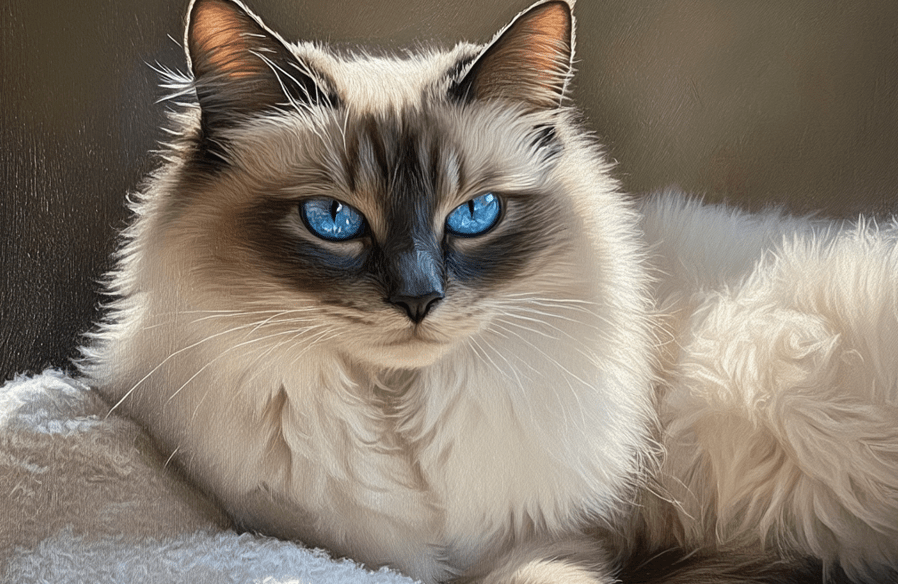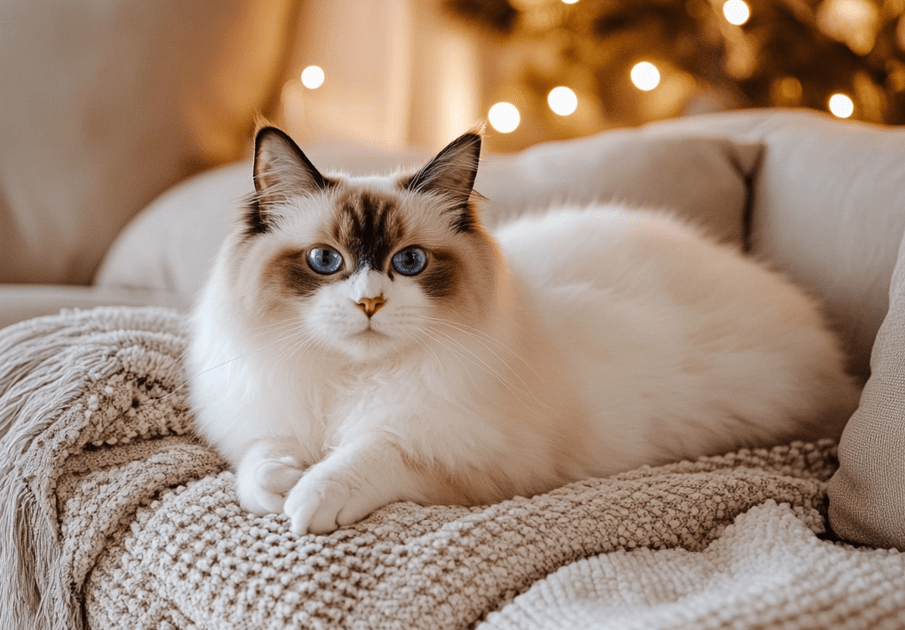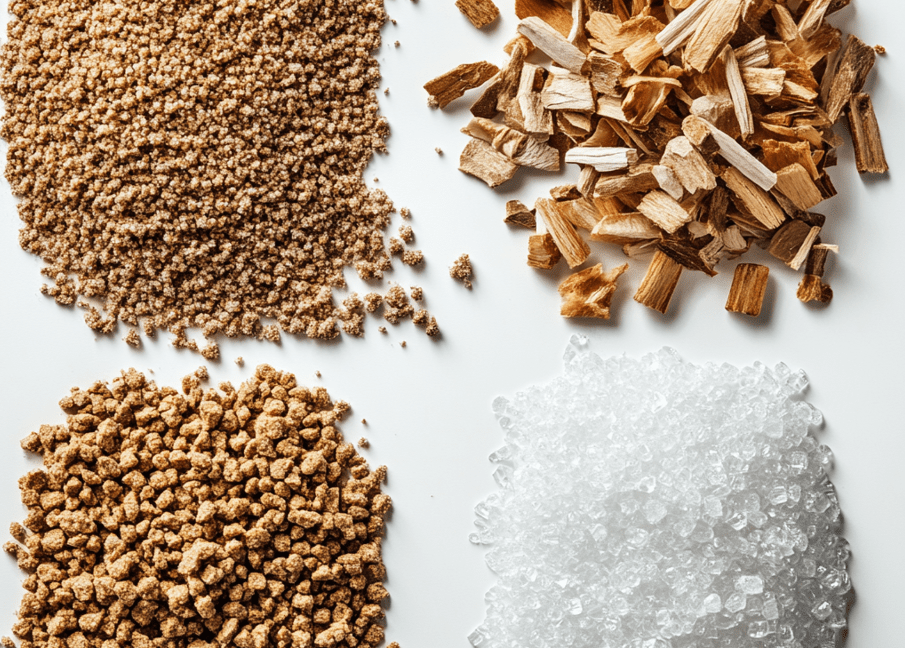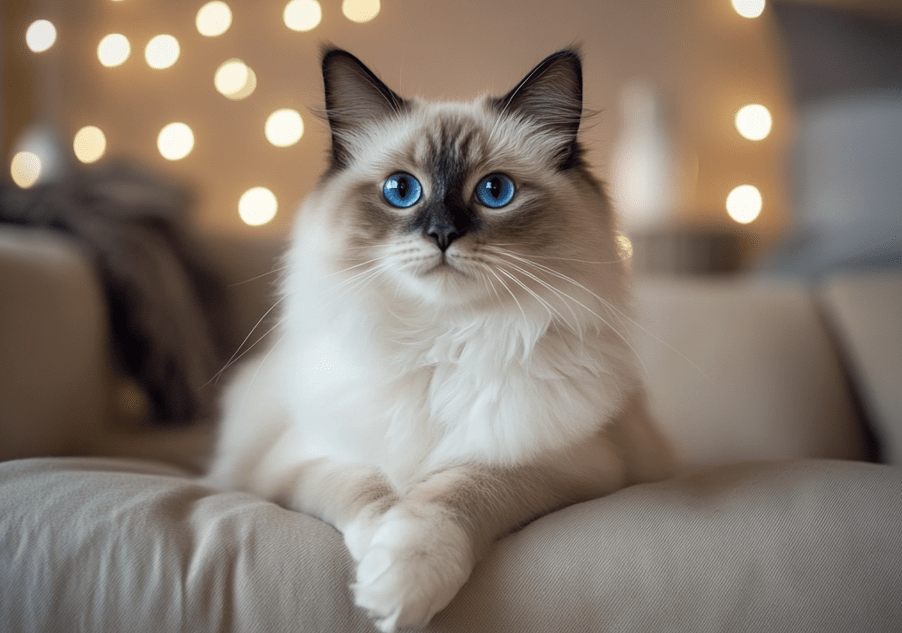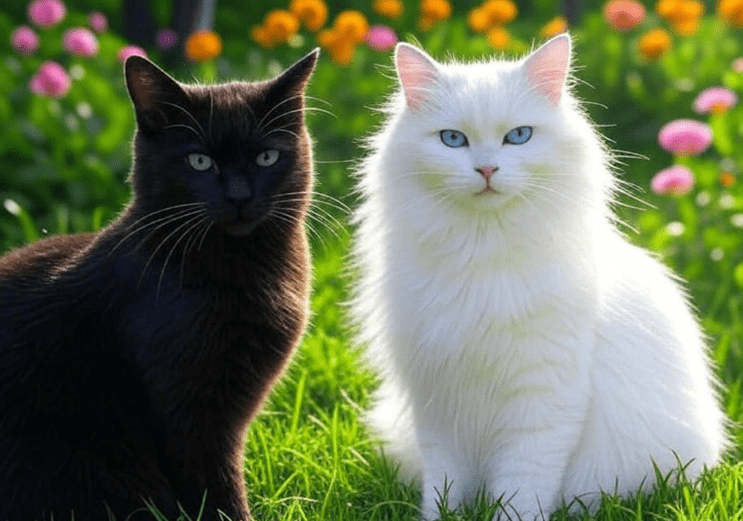
Transitioning your Ragdoll cat to a new diet can be a delicate process, but with the right approach, it can be done smoothly and stress-free. If you’re wondering how to transition Ragdoll cat new diet effectively, this guide will walk you through every step to ensure your feline friend adapts happily. Ragdolls, known for their gentle temperament and striking blue eyes, can be sensitive to dietary changes, so a gradual and thoughtful approach is key to maintaining their health and well-being.
Why Transitioning Your Ragdoll’s Diet Matters
Ragdoll cats are a unique breed with specific nutritional needs. Their large, fluffy bodies and laid-back personalities make them prone to certain health issues like obesity, urinary tract problems, and digestive sensitivities. Switching their food—whether for health reasons, allergies, or simply to improve their diet—requires careful planning. A sudden change can lead to digestive upset, stress, or even food refusal, which can be particularly challenging for this breed.
Common Reasons for Changing a Ragdoll’s Diet
Health Concerns: Conditions like obesity, diabetes, or urinary issues may necessitate a specialized diet.
Allergies or Sensitivities: Ragdolls may develop food allergies, requiring a hypoallergenic or limited-ingredient diet.
Age-Related Needs: Kittens, adults, and seniors have different nutritional requirements.
Preference or Quality: Upgrading to a higher-quality food or addressing picky eating habits.
Understanding why you’re making the switch will help you choose the right food and transition method for your Ragdoll.
Step-by-Step Guide to Transition Your Ragdoll Cat to a New Diet
Here’s a detailed plan to help your Ragdoll adjust to their new food without stress or health issues. Follow these steps to ensure a seamless transition.
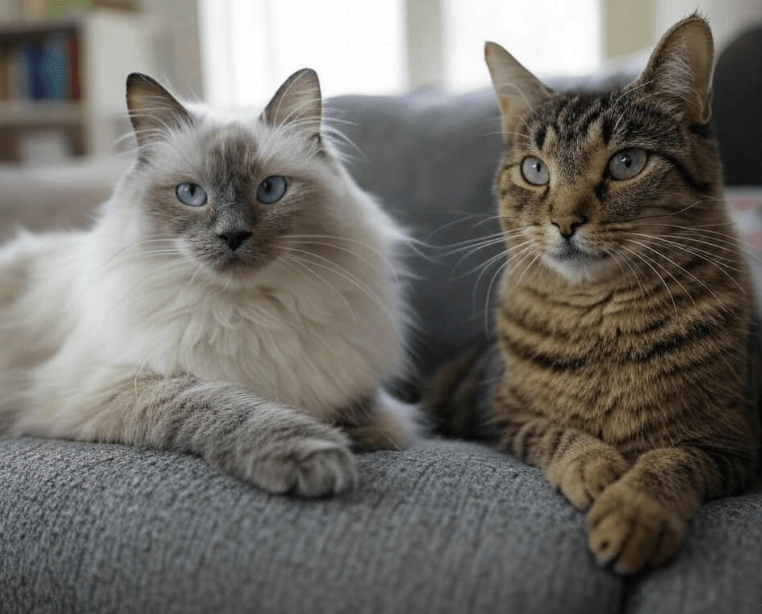
Step 1: Consult Your Veterinarian
Before making any dietary changes, consult your vet. Ragdolls can have specific health needs, and a vet can recommend the best food based on your cat’s age, weight, and medical history. They can also identify potential risks, such as food allergies or sensitivities, and suggest a transition timeline.
Pro Tip: Ask your vet about any supplements or probiotics that might help ease the transition, especially if your Ragdoll has a sensitive stomach.
Step 2: Choose the Right Food for Your Ragdoll
Not all cat foods are created equal, and Ragdolls often thrive on diets tailored to their needs. Look for high-quality foods with the following:
High Protein Content: Ragdolls need protein from real meat sources like chicken, turkey, or fish.
Low Carbohydrates: Avoid foods with excessive fillers like corn or wheat, which can contribute to weight gain.
Hydration Support: Wet food can help prevent urinary issues, a common concern for Ragdolls.
Balanced Nutrients: Ensure the food meets AAFCO standards for complete and balanced nutrition.
Step 3: Introduce the New Food Gradually
A sudden switch can upset your Ragdoll’s stomach, leading to diarrhea, vomiting, or refusal to eat. Instead, mix the new food with the old food over a period of 7–14 days. Here’s a sample transition schedule:
Days 1–3: 75% old food, 25% new food
Days 4–6: 50% old food, 50% new food
Days 7–9: 25% old food, 75% new food
Days 10–14: 100% new food
Monitor your Ragdoll’s reaction at each stage. If they show signs of digestive upset (e.g., loose stools, vomiting), slow down the transition by extending each phase.
Pro Tip: If your Ragdoll refuses the new food, try warming it slightly or mixing in a small amount of tuna juice to make it more appealing.
Step 4: Monitor Your Ragdoll’s Health and Behavior
During the transition, keep a close eye on your cat for any signs of distress or health issues. Look out for:
Digestive Issues: Diarrhea, vomiting, or constipation.
Behavioral Changes: Lethargy, irritability, or hiding.
Appetite Changes: Refusal to eat or excessive hunger.
If you notice any concerning symptoms, pause the transition and consult your vet. Ragdolls are known for their relaxed nature, but stress from a dietary change can manifest subtly.
Step 5: Ensure Proper Hydration
Ragdolls are prone to urinary tract issues, so hydration is critical during a diet change. If you’re switching to dry food, make sure your cat has constant access to fresh water. Consider adding wet food to their diet or using a cat water fountain to encourage drinking.
Pro Tip: Some Ragdolls prefer running water, so a fountain can be a great investment for their overall health.
Step 6: Be Patient and Consistent
Every Ragdoll is different, and some may take longer to adjust to a new diet. Don’t rush the process, and avoid frequently switching foods, as this can cause stress and confusion. Stick to the transition schedule, and reward your cat with praise or treats for eating the new food.
Addressing Common Challenges When Transitioning a Ragdoll’s Diet
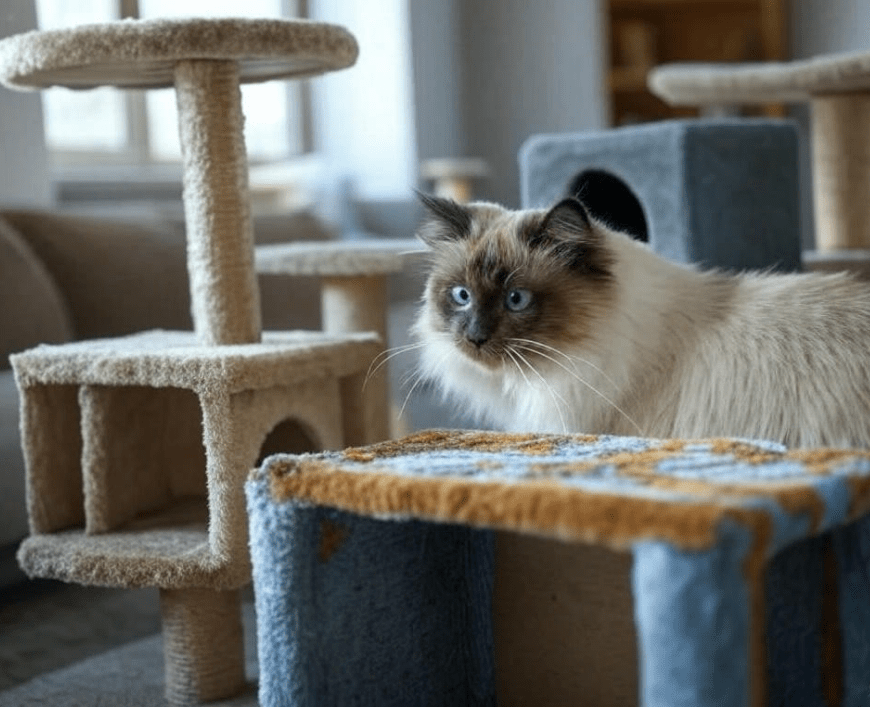
Even with a careful plan, you might encounter some hurdles. Here’s how to handle common issues:
Challenge 1: Food Refusal
Ragdolls can be picky eaters. If your cat refuses the new food, try these strategies:
1.Mix in a small amount of their favorite treat or a bit of wet food.
2.Gradually reduce the amount of old food to encourage them to try the new one.
3.Experiment with different textures (e.g., pate vs. chunks) if you’re using wet food.
Challenge 2: Digestive Upset
If your Ragdoll experiences diarrhea or vomiting, slow down the transition. You can also add a vet-recommended probiotic to their diet to support gut health. Avoid giving human foods or remedies without consulting your vet.
Challenge 3: Stress or Anxiety
Ragdolls are sensitive to change, and a new diet might cause stress. Create a calm feeding environment by:
1.Feeding them in a quiet, familiar space.
2.Maintaining a consistent feeding schedule.
3.Offering extra playtime or affection to reduce anxiety.
Best Foods for Ragdoll Cats During a Diet Transition
Choosing the right food is crucial for a successful transition. Here are some vet-recommended options that cater to Ragdoll needs:
Royal Canin Ragdoll Breed Dry Cat Food: Formulated specifically for Ragdolls, with nutrients to support their coat and urinary health.
Hill’s Science Diet Sensitive Stomach & Skin: Ideal for Ragdolls with sensitive digestion, with high-quality protein and fiber.
Blue Buffalo Wilderness High Protein Grain-Free Wet Food: A good choice for Ragdolls needing a high-protein, low-carb diet.
Wellness Core Natural Grain-Free Dry Food: Packed with protein and free of common allergens like grains.
Always check the ingredient list and avoid foods with artificial additives, as Ragdolls can be sensitive to these.
Long-Term Benefits of a Proper Diet for Ragdolls
A well-planned diet transition can set your Ragdoll up for a healthier, happier life. Here are some benefits of switching to the right food:
Improved Coat Health: Ragdolls have semi-long, plush coats that benefit from diets rich in omega fatty acids.
Weight Management: A balanced diet helps prevent obesity, a common issue in this breed.
Better Digestive Health: High-quality food reduces the risk of gastrointestinal issues.
Enhanced Energy and Mood: Proper nutrition supports your Ragdoll’s overall vitality and relaxed demeanor.
Tips for Maintaining a Healthy Diet Post-Transition
Once your Ragdoll has fully transitioned to their new diet, follow these tips to keep them thriving:
Stick to a Feeding Schedule: Feed your Ragdoll at the same times each day to establish a routine.
Monitor Portion Sizes: Overfeeding can lead to weight gain, so measure their food according to the package guidelines and your vet’s advice.
Regular Vet Checkups: Schedule annual checkups to ensure the diet continues to meet your Ragdoll’s needs.
Introduce Variety Gradually: If you want to add variety (e.g., rotating proteins), do so slowly to avoid upsetting their stomach.
Conclusion
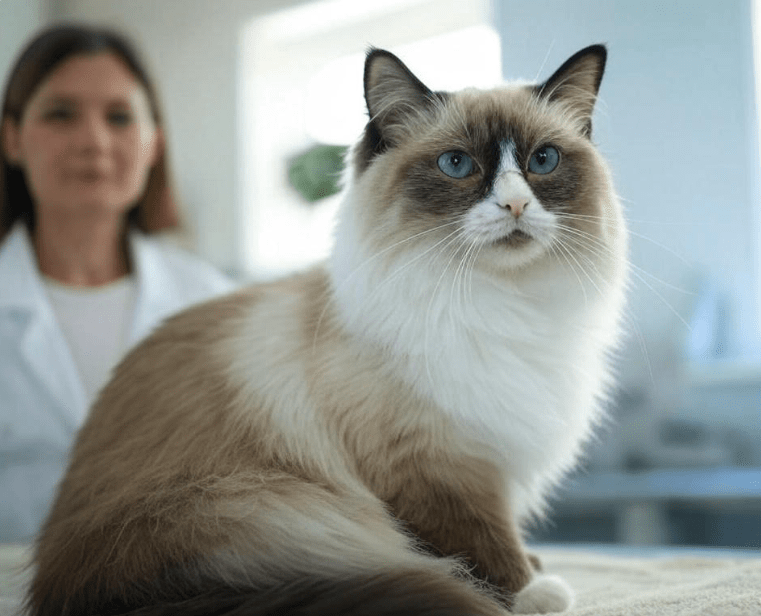
Transitioning your Ragdoll cat to a new diet doesn’t have to be stressful. By following a gradual process, choosing the right food, and monitoring your cat’s health, you can ensure a smooth and successful change. Ragdolls are a special breed with unique needs, so taking the time to transition Ragdoll cat new diet properly will set them up for a lifetime of health and happiness. Always consult your vet, be patient, and prioritize your cat’s comfort throughout the process. With the right approach, your Ragdoll will thrive on their new diet, enjoying all the benefits of improved nutrition.

